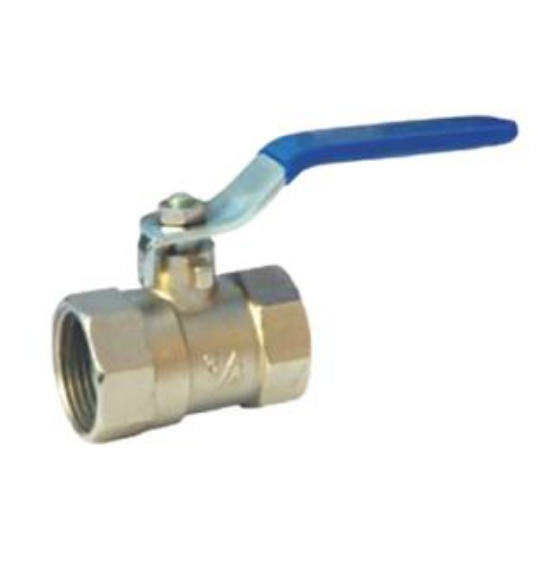In the realm of fluid control systems, the ball valve stands as a versatile and essential component, offering precision and reliability in regulating the flow of liquids or gases. Characterized by a spherical disc, typically made of metal or plastic, the ball valve achieves control by rotating the disc within a chamber, allowing or obstructing the passage of fluid.
The simplicity of the ball valve design contributes to its efficiency. With a quarter-turn operation, the valve can swiftly transition from fully open to fully closed, providing quick and precise control over the flow. This attribute is particularly advantageous in applications where fast response times are critical, such as in industrial processes or emergency shutdown systems.
One of the notable advantages of the ball valve is its tight sealing capability. When closed, the spherical disc forms a tight seal against the valve seat, minimizing leakage and ensuring a secure shut-off. This sealing prowess, combined with the durability of materials like stainless steel or brass, makes the ball valve a reliable choice for various industries, including petrochemical, water treatment, and HVAC.
The versatility of ball valves extends to their suitability for both high-pressure and high-temperature environments. The robust construction and the ability to withstand harsh conditions make ball valves a preferred choice in applications where other types of valves may falter.
In conclusion, the ball valve's spherical simplicity belies its crucial role in fluid control. Its efficiency, quick response, and reliability make it an indispensable tool across diverse industries, illustrating how a compact design can pack a powerful punch in the world of fluid management.



